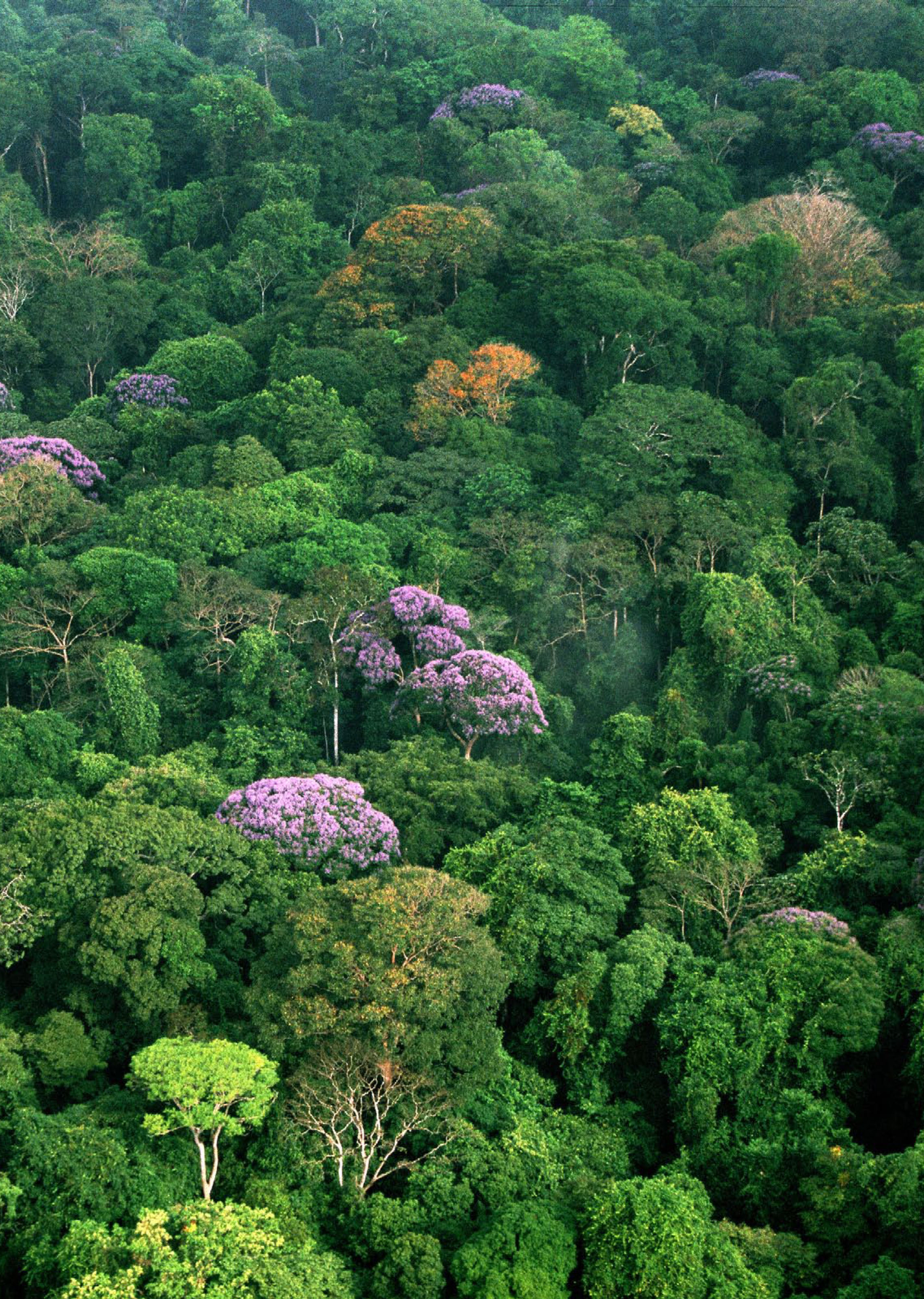The tropical forest canopy, often referred to as the green crown of the Earth, plays a vital role in maintaining our planet’s environmental balance. This upper layer of towering trees not only provides habitat for diverse wildlife but also acts as a significant storehouse for carbon, thereby combating climate change. Recent advancements in GEDI LiDAR technology have allowed scientists to monitor the health of these crucial ecosystems with unprecedented detail, revealing how factors such as drought and temperature anomalies affect canopy height. Understanding the dynamics of the tropical forest canopy can help assess its ongoing struggle against climate change and its importance in carbon storage efforts. As we move forward, preserving this canopy will be essential for sustaining the tropical forest health that is fundamental to the Earth’s ecology.
Often described as the lush upper layer of tropical forests, the green canopy serves as an essential barrier shielding the underlying flora and fauna from direct sunlight and harsh weather. It is a critical component in the fight against climate change, as it aids in carbon sequestration and supports a multitude of species. Utilizing advanced technologies like GEDI LiDAR, researchers can obtain vital insights into canopy structure and the services it provides, including its ability to enhance biodiversity and mitigate temperature increases. The height and density of this forest layer are significant indicators of the overall health of tropical environments, making its study paramount for future conservation efforts. Recognizing the manifold roles that this verdant layer plays is crucial for developing effective climate change strategies.
Understanding the Role of Tropical Forest Canopy in Climate Mitigation
The tropical forest canopy plays an essential role in climate mitigation as it serves as a significant carbon storage system. By capturing carbon dioxide from the atmosphere, higher canopies are crucial in regulating the Earth’s carbon balance, thus mitigating the effects of climate change. Studies show that forests with taller canopies generally have a greater capacity for carbon sequestration, which enhances their role as ‘Earth’s lungs.’ This function is vital not only for combating climate change but also for maintaining local climates and ecosystems.
Moreover, the canopy acts as a buffer for the underlying ecological zones, providing a microclimate that can support diverse flora and fauna. As Shaoqing Liu articulated, a healthier canopy is linked with higher biomass and a stable ecosystem, contributing to enhanced productivity. Protecting and restoring canopy health in tropical forests can significantly impact climate resilience, enabling these ecosystems to adapt to changing weather patterns and prolonged dry seasons resulting from global warming.
Frequently Asked Questions
How does climate change affect tropical forest canopy health?
Climate change significantly impacts tropical forest canopy health by altering temperature and precipitation patterns. Studies have shown that prolonged droughts and increased heat can lead to reduced canopy height, which negatively affects the overall biodiversity and ecosystem productivity of these forests.
What role does GEDI LiDAR play in studying tropical forest canopy height?
GEDI LiDAR, deployed on the International Space Station, provides detailed measurements of tropical forest canopy height. This technology allows researchers to analyze how environmental factors, such as climate change, influence forest structure and health, enabling better understanding and management of these vital ecosystems.
Why is canopy height important for carbon storage in tropical forests?
Canopy height is a critical factor linked to carbon storage in tropical forests. Taller canopies generally correlate with greater above-ground biomass, which means these areas can sequester more carbon. Understanding canopy height trends helps in assessing a forest’s capacity to mitigate climate change.
What did recent studies reveal about tropical forest canopy height and climate change?
Recent studies utilizing GEDI LiDAR have revealed that tropical forest canopy height is highly influenced by climate factors such as elevation, dry seasons, and solar radiation. These findings suggest that regions like the southern Amazon could see reductions in canopy height due to longer dry seasons driven by climate change.
How can understanding tropical forest canopy height aid in climate change mitigation efforts?
By understanding the factors that influence tropical forest canopy height, we can improve assessments of carbon sequestration abilities and prioritize conservation efforts. This knowledge is crucial for developing effective climate change policies aimed at protecting these essential ecosystems.
What environmental factors are most significant for tropical forest canopy height?
The most significant environmental factors affecting tropical forest canopy height include climate conditions, topography, and soil properties. In particular, elevation and the length of dry seasons play crucial roles in determining how tall the canopy can grow.
| Key Aspect | Details |
|---|---|
| Tropical Forest Canopy | The upper layer of mature trees in tropical forests, crucial for ecosystem health. |
| Research Utilization | NASA’s GEDI spaceborne LiDAR technology used to measure canopy height changes due to climate. |
| Environmental Drivers | Climate, topography, and soil properties are key factors affecting canopy height. |
| Geographical Areas Studied | Research focused on tropical forests in Asia, Africa, and South America. |
| Primary Findings | Climate change, especially prolonged dry seasons, is detrimental to canopy height. |
| Future Implications | Understanding canopy height helps inform climate change policies and conservation efforts. |
Summary
The tropical forest canopy plays a vital role in understanding the health and stability of these ecosystems. Research indicates that changes in canopy height due to climate change can have serious implications for carbon storage and biodiversity. The utilization of advanced technology such as NASA’s GEDI LiDAR has unveiled critical insights into how environmental factors influence canopy structure across different regions. This information is essential for developing effective conservation strategies and policies to protect these crucial habitats as our climate continues to evolve.
